Ziploc bags are a staple in many people's houses. They're versatile containers to hold snacks and sandwiches and keep food fresh. You might have seen some people even use them to cook. But is it safe to do that? We've done the research, and in this article, we will explain if it's safe to microwave Ziploc bags if it's safe to use them for cooking, and answer other questions you may have about the plastic bags.
Technically, you can microwave Ziploc bags. While you can defrost and reheat food in Ziploc bags, you should make sure what you're doing isn't reaching cooking temperatures. At any normal cooking temperature, Ziploc bags will melt. You can warm food in them, but you will need to make sure you don't overheat the food, or you'll risk melting the bag.
While you can microwave Ziploc bags, they aren't the best choice. We encourage you to continue reading, as we will explain the process to safely microwave food in a Ziploc bag. We will also discuss using Ziploc bags for cooking and answer other common questions.
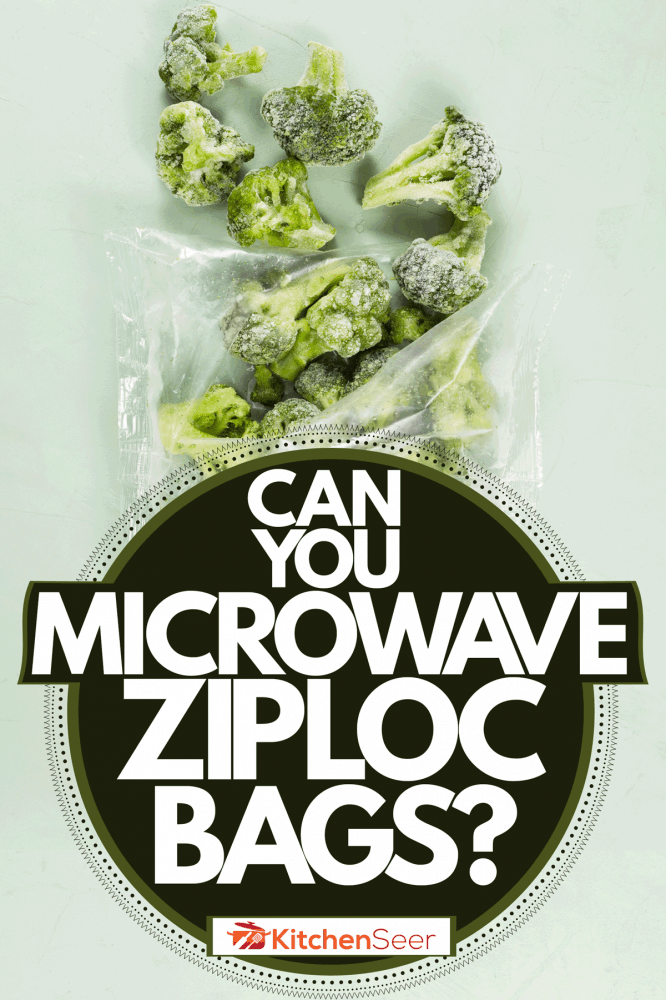
Can You Microwave Ziploc Bags?
You can, in fact, microwave Ziploc bags with some caveats. They have manufacturer warnings associated with them warning against overheating. Ziploc bags are recommended only for defrosting and reheating foods. If you're planning to cook something in a microwave with a Ziploc bag, you should avoid it. You cannot steam foods in the bags.
Even when reheating food, you need to make sure the food inside the bag doesn't get too hot. While it's okay to heat liquids to a boil in the microwave when using microwave-safe bowls, Ziploc bags cannot handle it. That hot bubbling exceeds the melting point of Ziploc bags and can melt and burst the baggie.
If you must use a Ziploc bag in the microwave, there are some steps you should take to avoid overheating them.
- Place the bag in a microwave-safe dish.
- Make sure the bag is unsealed to avoid steam bursts.
- Microwave on low or medium power in 30-second intervals.
- After each interval, inspect the bag to make sure it isn't overheating.
Even if the bags are deemed "microwave-safe," you'll need to follow these instructions to make sure you don't melt the bag. Alternatively, you can simply pour the contents into a dish that is safe to use in the microwave and avoid the hassle and hazards that come with microwaving Ziploc bags.
Wondering if a microwavable safe bowl is also over safe? Check out our article If A Bowl Is Microwave Safe, Is It Also Oven Safe? for answers.
How Long Can You Microwave A Ziploc Bag?
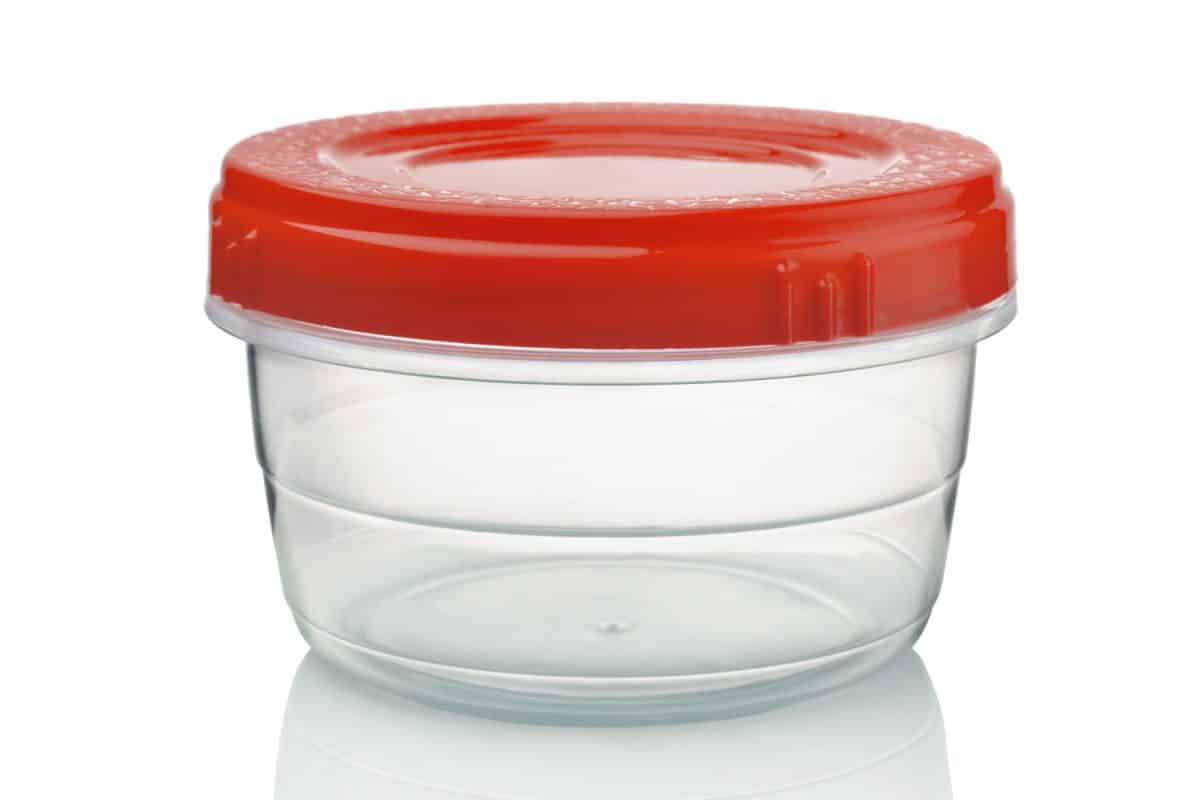
The manufacturer gives no set time regarding how long you can microwave a Ziploc bag. The only thing stated by them is to make sure you don't overheat the bag's contents. You'll have to make sure you don't heat the food to the point it is boiling or reaches the baggie's melting point.
Other Ziploc containers like bowls and sealable containers are much safer to use in the microwave. They're made out of a different, thicker plastic with a higher melting point than the bags. If you're concerned about not overheating your food, you should heat the food in a different container.
At What Temperature Do Ziploc Bags Melt?
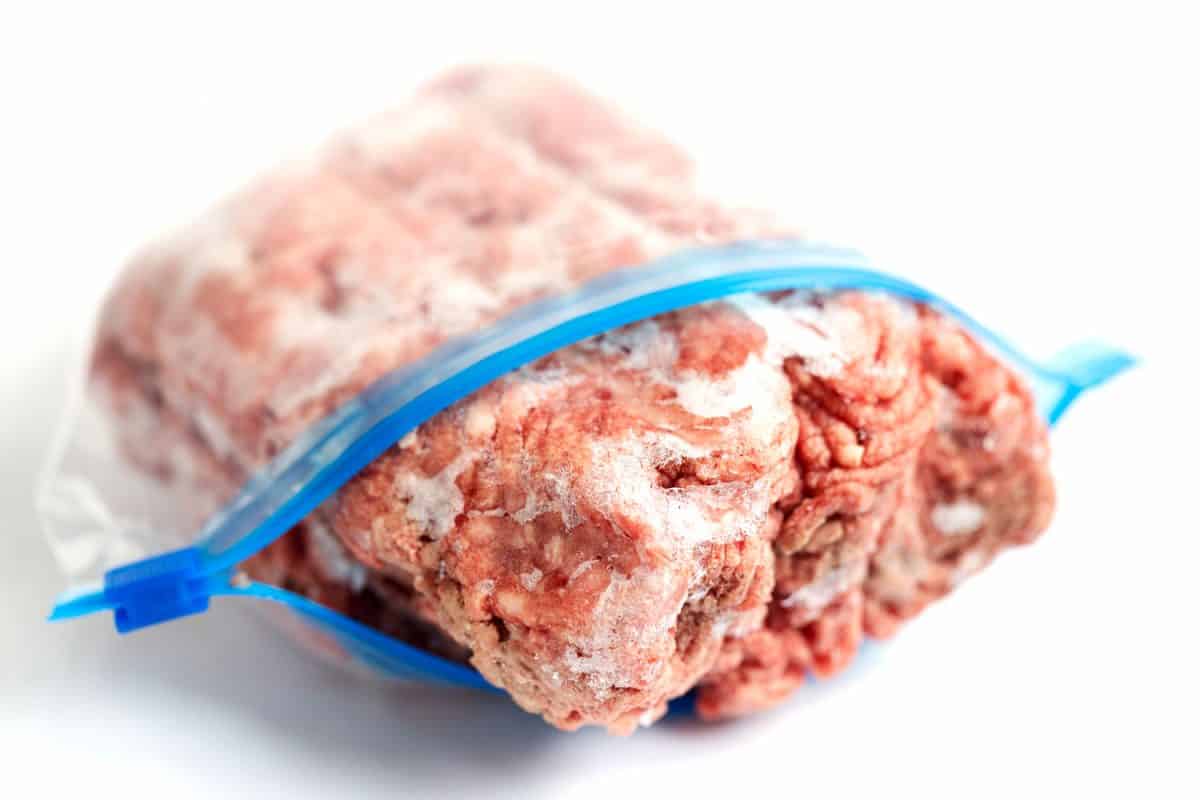
Ziploc bags melt at around 195 degrees Fahrenheit. Any recommended cooking temperature exceeds this melting point. You cannot boil water, cook meat, or steam vegetables at a temperature low enough to avoid melting a Ziploc bag. While microwave heating can be okay, you'll need to make sure your food does not exceed that temperature, or you'll risk melting the bag anyways.
Cooking In Ziploc Bags
You absolutely should not cook in a Ziploc bag. As we've gone over, the bags melt at around 195 degrees Fahrenheit. Even slow-cooking temperatures are higher than the melting point of the baggies. Even if it isn't noticeable, cooking with Ziploc bags will melt them and put their plastic in your food.
Instead of using Ziploc bags, you should use other available options for cooking. Many plastic bags are safe for cooking in, and they will say on their label they are safe. Cloth bags work well for steaming and boiling vegetables and are safe to use.
Is Boiling A Ziploc Bag Safe?
Boiling Ziploc bags is not safe. The boiling temperature of water is 212 degrees Fahrenheit. This is above the bags' melting point and will result in a melted bag in whatever pot you're boiling the bag in. On top of this, heating the air inside of Ziploc bags can cause them to burst. Not only will this ruin the food inside, but it can cause boiling water and steam to splash and burn you.
While Ziploc bags can't be boiled, other bags can. You can usually find "boil-in-bag" foods at your local grocery store. They can range from anything from rice and beans to vegetables and kinds of pasta.
Alternatively, if you have a vacuum sealer and the proper bags, you can try out a technique called "sous vide," which means "under vacuum. The technique cooks vacuum-sealed food in a water bath to a predetermined temperature. It lets chefs cook food consistently and at a better quality. For more information on sous vide techniques, check here.
For more information about how boiling water and Ziploc bags react, check out our article Can You Pour Boiling Water Into A Ziploc Bag?
Can You Cook Rice In A Ziploc Bag?
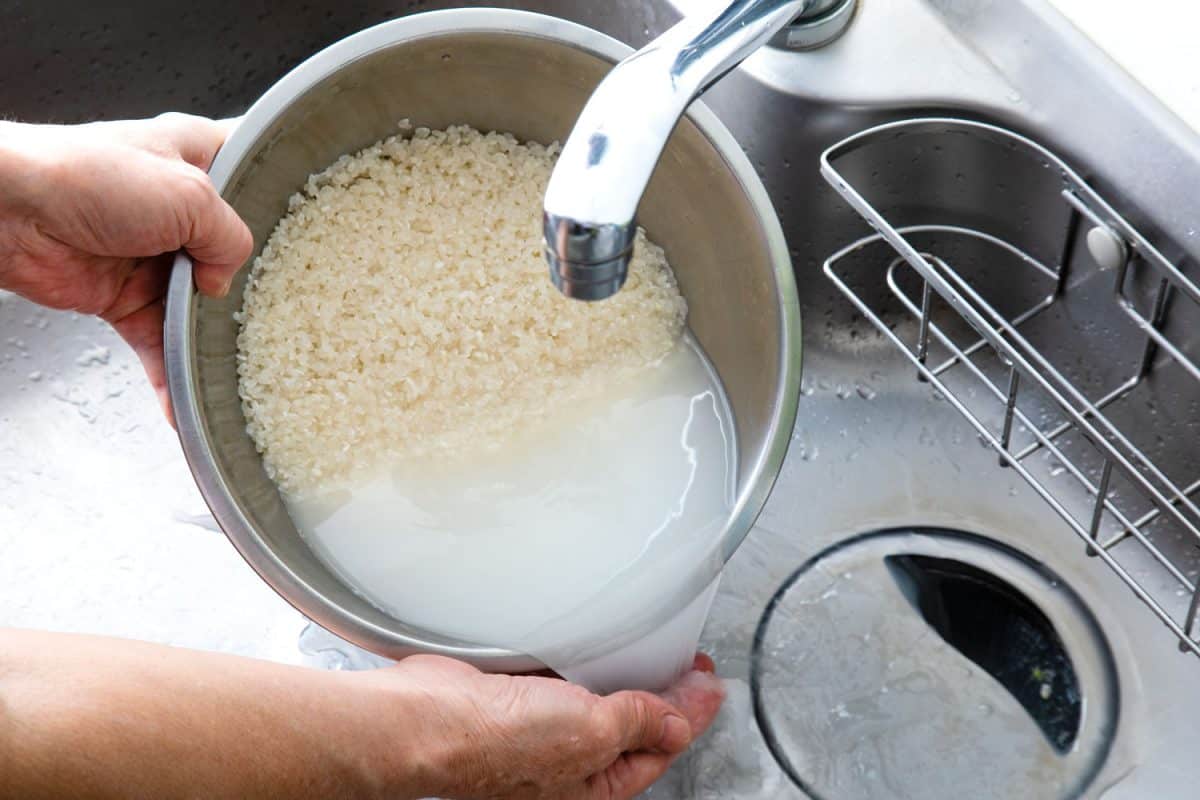
You should never cook rice in a Ziploc bag. You shouldn't cook at all in Ziploc bags, but cooking rice can be more dangerous. Cooking this way would steam the rice, and steam is hotter than boiling water. The Ziploc bag will melt and burst, releasing steam that can cause severe burns.
To cook the best rice, invest in a good rice cooker. If this isn't an option for you, you can always cook boil-in-bag or microwavable rice. The advantage of these is the multitude of flavors and styles and the ease of preparation. Plus, you won't be melting a plastic bag into your food.
Alternatives
Ziploc bags are not a great choice when heating food since you run the risk of overheating the bags so easily. If you'd rather avoid the risks, you should use some alternatives. Thankfully, there are plenty of microwaving and cooking options that are much safer than Ziploc bags.
Microwaving
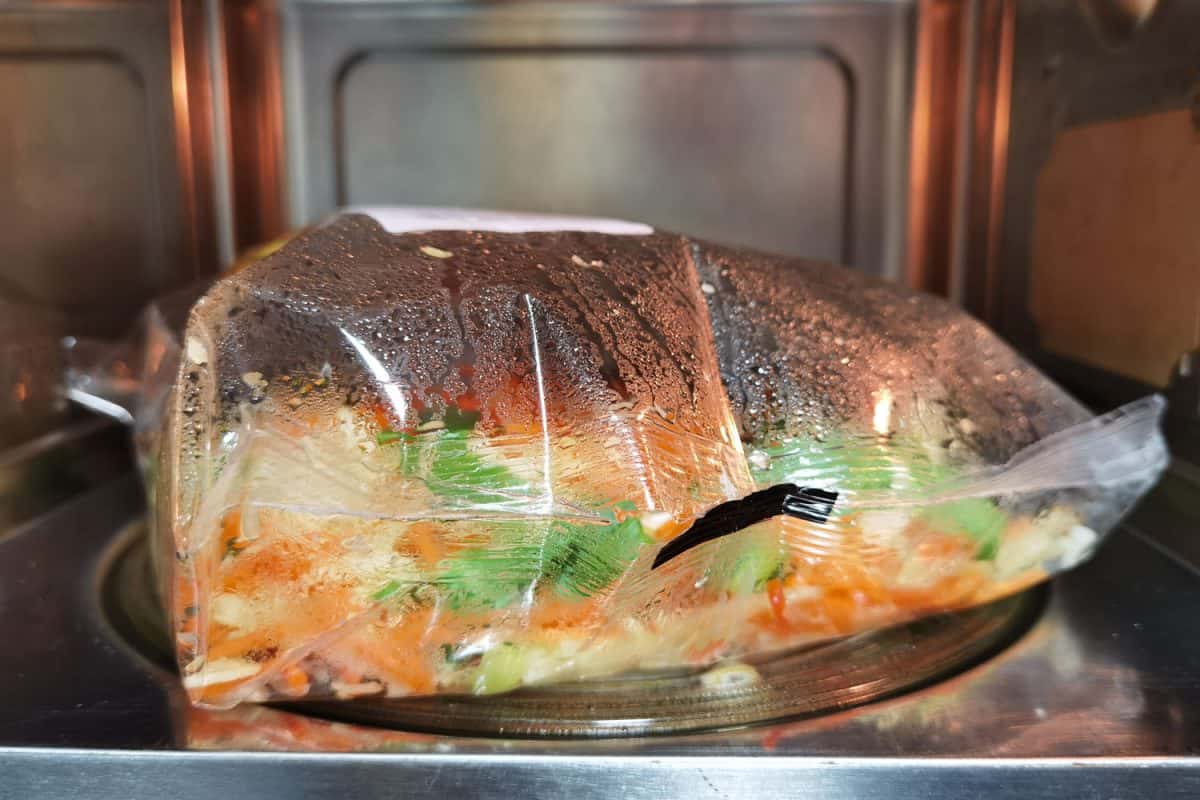
The easiest solution for a microwavable alternative to Ziploc bags is other plastic containers. Ziploc themselves make containers, but any sort of Tupper-ware style containers can usually be microwaved. The ones that can't come with a warning against it.
You could also heat your food inside of ceramic or glass bowls around the house. Since heat will transfer from your food to the bowl, use a bowl holder or towel to avoid burning yourself. Remember that heating in increments and stirring your food will help evenly heat it, so you don't have cold spots in your meal.
Cooking
You should never cook with Ziploc bags. That being said, there are safe alternatives. As we discussed, sous vide cooking is one option for boiling food in a bag. Other than that, though, there are quite a few great options, and many of them save you cleanup time!
Oven-bags are safe to use in the over. They're made of plastic with a high melting point and meant to cook food in the oven. Smaller turkeys come in a bag like this around the holidays so that you may have seen them before. One reason to use these bags is that they hold in heat and cook evenly, but they also cook the food in their own juices, giving you more flavor. On top of that, you throw the bag away and don't have to clean up the pan!
Other types of bags can be used in crock-pots as covers, are safe to boil, or are made to steam food even in the microwave. It's much better and safer to find an alternative way of cooking than using a Ziploc bag. While they may not seem faster or convenient, they're usually easier than incrementally heating food in a bag to avoid melting it.
In Closing
Ziploc bags technically microwave-safe if heated incrementally. Make sure not to overheat the bags if you must put them in the microwave, so you don't melt the bag.
In general, though, it's a much safer option to go ahead and put your food into another, actually a microwave-safe container, before you go on with heating up your food. You should also never cook using Ziploc bags. However, after reading this article, you should have a good idea about alternatives to Ziploc bags and how to safely use them.

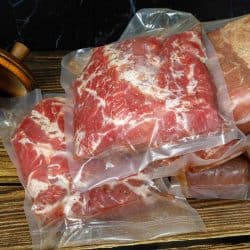
![Pour water into rice - How Much Water To Rice In Rice Cooker [Ratio By Type Of Rice]](https://kitchenseer.com/wp-content/uploads/2022/03/Pour-water-into-rice-250x250.jpg)
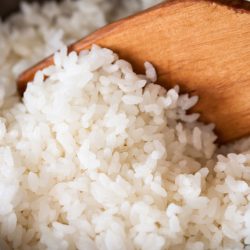

![A rice cooker filled with freshly cooked rice, Can Rice Cookers Cook Brown Rice? [And How to]](https://kitchenseer.com/wp-content/uploads/2022/02/A-rice-cooker-filled-with-freshly-cooked-rice-250x250.jpg)
![Cooking concept. Pouring water in saucepan with rice - How Much Water To Cook Rice [1/2 Cup, 1 And 2 Cups]](https://kitchenseer.com/wp-content/uploads/2022/04/Cooking-concept.-Pouring-water-in-saucepan-with-rice-250x250.png)